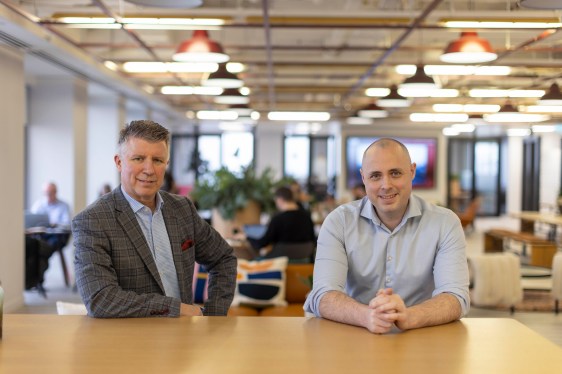In recent months, the world has witnessed a seismic shift in public awareness about artificial intelligence (AI). The hype surrounding ChatGPT, a conversational AI model developed by OpenAI, has sparked a frenzy of interest in AI’s capabilities. However, this newfound enthusiasm has outpaced the development of infrastructure necessary to support the diverse range of use cases emerging in the field. German startup Qdrant is addressing this challenge with its open-source vector search engine and database for unstructured data.
Founding and Funding
Founded in 2021 in Berlin, Qdrant has been gaining momentum in the AI landscape. The company recently announced a $7.5 million seed financing from lead investor Unusual Ventures, along with participation from 42cap, IBB Ventures, and several angel backers, including Cloudera co-founder Amr Awadallah. This funding round is in addition to the €2 million ($2.2 million) in pre-seed funding Qdrant raised last year.
Unstructured Data: The Uncharted Territory
For those unfamiliar with the term, unstructured data refers to content that hasn’t been categorized or labeled. It encompasses a wide range of formats, including images, videos, and text. In this context, vector databases play a crucial role in storing and searching such data. These specialized databases are designed to handle large volumes of unstructured information, enabling efficient querying and retrieval.
According to Gartner, unstructured data constitutes up to 90% of new data generated in the enterprise and is growing three times faster than its structured counterpart. Moreover, a significant portion of AI research and development (R&D) projects never make it into production due to inadequate tools. Qdrant’s CEO and co-founder, Andre Zayarni, attributes this issue to a lack of suitable infrastructure.
Connecting the Dots: LLMs and Vector Databases
Large language models (LLMs), like those employed in ChatGPT, rely on vast amounts of data to learn and generate human-like responses. However, these models are often limited by their ability to process and incorporate unstructured information. Here’s where Qdrant’s vector search engine and database come into play.
By leveraging the capabilities of vector databases, Qdrant enables LLMs to more efficiently query and retrieve relevant data from large datasets. This not only enhances the accuracy and reliability of AI models but also facilitates the development of more sophisticated applications.
Qdrant’s Vision: A Unified Platform for AI Infrastructure
Qdrant aims to establish itself as a leading provider of AI infrastructure, focusing on unstructured data and vector databases. The company envisions a unified platform that integrates various components necessary for building robust AI systems. By addressing the current limitations in AI development, Qdrant seeks to empower researchers and developers with the tools they need to create innovative applications.
Future Plans: Private Cloud and Hybrid Solutions
In the near future, Qdrant plans to launch a private cloud solution, enabling organizations to deploy its vector search engine and database on-premises. This move is designed to cater to enterprise requirements for data security, compliance, and control. Additionally, Qdrant expects to release hybrid solutions that combine its open-source offering with proprietary extensions, providing users with flexibility and customization options.
Conclusion
The rise of AI has sparked both excitement and challenges. As the demand for AI infrastructure continues to grow, companies like Qdrant are addressing this need by developing innovative solutions. By tackling the complexities surrounding unstructured data and vector databases, Qdrant is positioning itself as a key player in the AI landscape.
As we navigate the ever-evolving world of artificial intelligence, it’s essential to recognize the importance of infrastructure development. With Qdrant at the forefront, we can expect significant advancements in the field, driving innovation and transforming industries forever.




